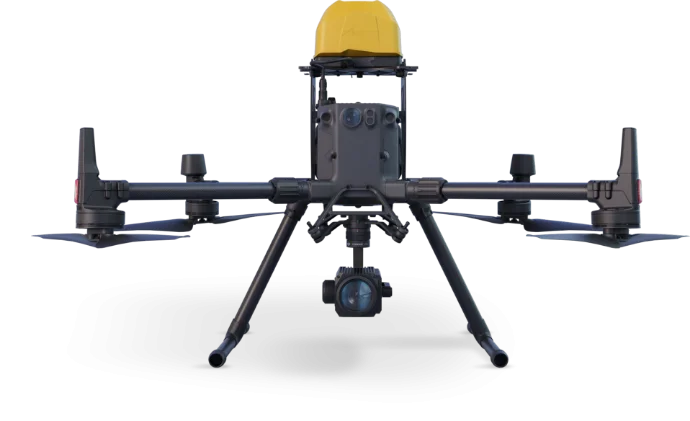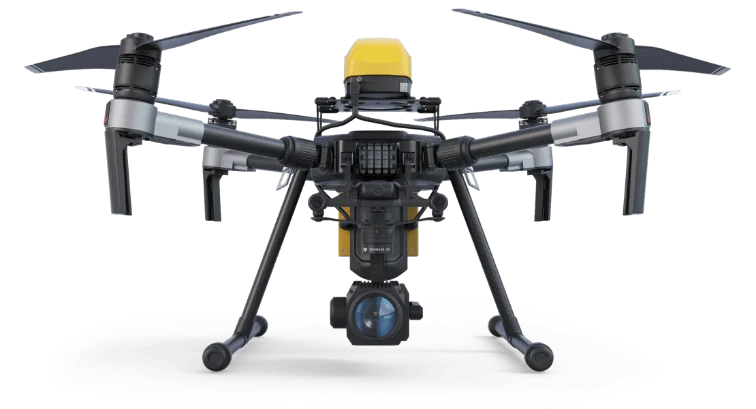AVSS is pleased to announce that the FAA has given approval for the use of the AVSS Means of Compliance (MOC) for Category 2 and Category 3 drone operations over people. This approval, detailed in the FAA’s Notice of Availability, signifies the acceptance of AVSS’s compliance methods for small unmanned aircraft (sUA) in these categories. The MOC for drone parachutes is recognized as an acceptable means of demonstrating compliance with FAA regulations.

The FAA’s approval follows AVSS’s collaborative efforts with key partners since 2020 to develop the MOC for complying with anticipated FAA regulations regarding flight over people. Following submission to the FAA in fall 2021, the MOC has now been approved, paving the way for pilots to conduct drone operations over people using AVSS’s drone parachute recovery systems throughout the United States. Notably, AVSS is the pioneer in obtaining FAA approval for its proprietary MOC, allowing for Declarations of Compliance (DOC).
This development marks a significant advancement for the US drone market, offering a streamlined process for drone operators wishing to conduct flights over people using AVSS drone parachute recovery systems. Instead of pursuing waivers, pilots can now simply utilize AVSS’s drone and parachute combination to comply with regulations.
About Category 2 and Category 3 compliance
Category 2 and Category 3 delineate performance-based eligibility and operational criteria for conducting drone operations over individuals using unmanned aircraft weighing more than .55 pounds without an airworthiness certificate under part 21. Category 2 necessitates compliance with Remote ID for sustained flight over open-air gatherings, while Category 3 imposes additional limitations. Under Category 3, drone operations over human assemblies are prohibited unless conducted within or over closed- or restricted-access areas, where individuals are duly notified of potential drone flights, or if the drone maintains flight over individuals who are directly involved in the operation or are situated under protective structures or stationary vehicles.
(1) Means of Compliance (MOC) – Applicant (AVSS) Completes in Advance
This involves various tests, analyses, inspections, or their combinations carried out by AVSS, which can act as a manufacturer (e.g., DJI, FLIR, Teal Drones, Brinc) and/or modifier (e.g., AVSS), to showcase crucial safety metrics. AVSS gathers these metrics (e.g., kinetic energy, descent rates, energy transfers, minimum deployment altitude) using industry-recognized standards (e.g., ASTM F3322, ASTM F3389) and/or tailored testing methodologies. AVSS must also ensure the absence of exposed rotating components that can lacerate a bystandard and establish a protocol for addressing safety issues.
(2) Declaration of Compliance – Applicant Submits to the FAA
This entails submitting a document to the FAA after utilizing the MOC. For AVSS, this involves drones from various manufacturers like DJI and Brinc. This document outlines how AVSS meets FAA requirements in case of failures, ensuring that the drone adheres to kinetic energy limits and eliminates the risk of injuries from exposed rotating parts. AVSS maintains records of compliance and means of compliance for potential FAA review. Additionally, AVSS is required to notify both the public and the FAA of any safety defects that could render the drone non-compliant with Category 2 and Category 3 requirements. To discover more about the advantages of this MOC, how specific drones can comply, or how to integrate AVSS’s drone parachute recovery system using this MOC, reach out to AVSS today.
Read the original press release here.










